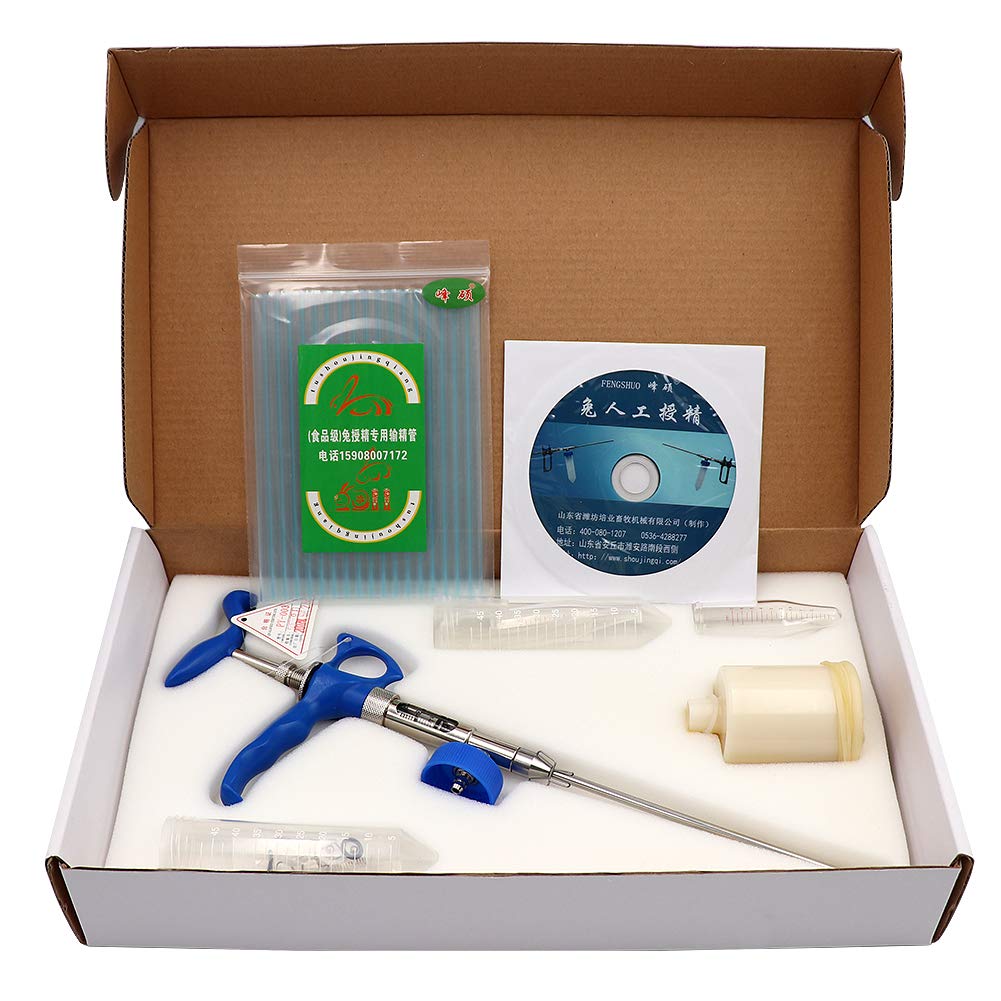What exactly constitutes at-home insemination?
Insemination is the introduction of sperm into another body, encompassing acts of copulation. Artificial insemination, on the other hand, involves depositing sperm into a body without the involvement of copulation.
At-home insemination, as the term implies, occurs outside the confines of a medical facility. The methods employed in this process vary, and we will delve into them shortly.
Why do individuals opt for at-home insemination?
Those utilizing insemination for conception often find themselves in circumstances where conventional methods may not be feasible. This could be due to incongruities in reproductive organs, such as a couple with two uteri and no viable sperm, or the challenges posed by infertility.

The choice for at-home insemination may stem from a desire to infuse a more personal touch into the process, steering away from the clinical and sterile environments of medical facilities where unfamiliar faces are part of an intimate undertaking.
Moreover, in-clinic inseminations bring additional financial burdens owing to the involvement of staff and facilities. Opting for a home-based approach can translate into substantial cost savings.
A woman I spoke with extolled the flexibility offered by home inseminations, contrasting them with rigid doctor’s appointments that might clash with her work schedule.
A nonbinary individual shared their inclination toward home insemination, citing concerns about potential probing questions, misgendering, and societal stigma associated with medical professionals.
In the era of COVID-19, Fredrik Andreasson, CEO of Seattle Sperm Bank, deems home insemination a “perfect option.” Even when clinics are deemed “nonessential” and close their doors, clients express a preference for continuing their monthly attempts in the comfort of their homes.
Is home insemination as effective as clinic-based procedures?
Two primary types of at-home insemination exist:
1. Intracervical Insemination (ICI): Involves depositing sperm into the vagina, mimicking the process of intercourse.
2. Intrauterine Insemination (IUI): Entails placing sperm directly into the uterus using a tube passed through the cervix.
While IUI is typically administered by medical professionals, it is not precluded from being performed at home. Some trained midwives offer home visits for this purpose.
Comparing success rates between at-home and clinic insemination, as well as ICI versus IUI, reveals the following insights:
– A 1988 study found no significant difference in pregnancy rates between 53 infertile women attempting artificial insemination at home and those opting for a clinic.
– A 2001 study reported higher monthly success rates for IUI (15%) compared to ICI (9%) over 189 cycles.
– A 2015 study involving 1,843 women showed only a slight difference in pregnancy rates over six cycles, with IUI at 40.5% and ICI at 37.9%.
– A 2017 study across different age groups indicated home insemination’s effectiveness, with success rates of 69%, 43%, and 25% in three distinct age brackets over six cycles.
Critical factors influencing success include precise timing, sperm sample quality and quantity, and the age and hormonal milieu of the inseminated body, rather than the physical location of the insemination.
Considering a consultation with a fertility specialist provides an opportunity to clarify insemination processes. Seeking professional advice does not entail a commitment to clinic-based procedures; it simply equips individuals with accurate information, allowing them to make informed decisions, even if they opt for a home-based approach.
Essentials for At-Home Insemination
The requisites for at-home insemination depend on whether ICI is selected and the type of sperm utilized:
1. Fresh sperm (recently ejaculated)
2. Frozen sperm (acquired from a sperm bank)
Special Considerations
In contemplating home insemination, factors to ponder include:
– Legal implications and parental rights when using a friend versus a sperm bank.
– The necessity of testing, such as genetic testing or screening for sexually transmitted infections (STIs), which may necessitate clinic-based procedures.
Insemination with Fresh Sperm using the ICI Method
For fresh sperm, a receptacle for the sperm and a method of introducing it into the vagina are essential.
The donor may ejaculate into a sterile specimen collection cup or a clean container from the kitchen. Alternatively, the “soft cup method” is gaining popularity, utilizing a menstrual cup or disc to retain sperm near the cervix. This cup is inserted into the vagina and left in place for an extended duration, optimizing the chance for successful insemination.
Regardless of the chosen receptacle, careful aiming is advised, as humorously recounted by a mother from western Massachusetts who experienced a slight mishap on the first attempt.
For those not utilizing a soft cup, a needleless syringe serves as a means to transfer sperm from the receptacle into the vagina. Proper guidance is to aim upwards and backward to coat the cervix.
Insemination with Frozen Sperm using the ICI Method
Acquiring frozen sperm involves ordering through a sperm bank. The shipped kit, costing $100 to $180, includes instructions and a syringe for insemination.
Thawing the frozen vial in room temperature water for approximately 15 minutes is the initial step. The stable duration of the vial is 14 days, allowing flexibility in scheduling the insemination.
Two variations of frozen sperm exist: washed and unwashed. The choice between them is unrelated to cleanliness but involves the separation of sperm from the rest of the ejaculate. Both washed and unwashed sperm can be used for ICI.
Insemination with Frozen Sperm using the IUI Method
IUI entails introducing sperm directly into the uterus through the cervix and should be administered by a medical professional. Unlike intercourse or ICI, IUI bypasses the natural separation of sperm in the vaginal canal, necessitating the use of washed sperm for this method.
In conclusion, navigating the world of at-home insemination demands careful consideration of various factors. With the right information, individuals can embark on this journey with confidence, making choices aligned with their unique circumstances and preferences.
